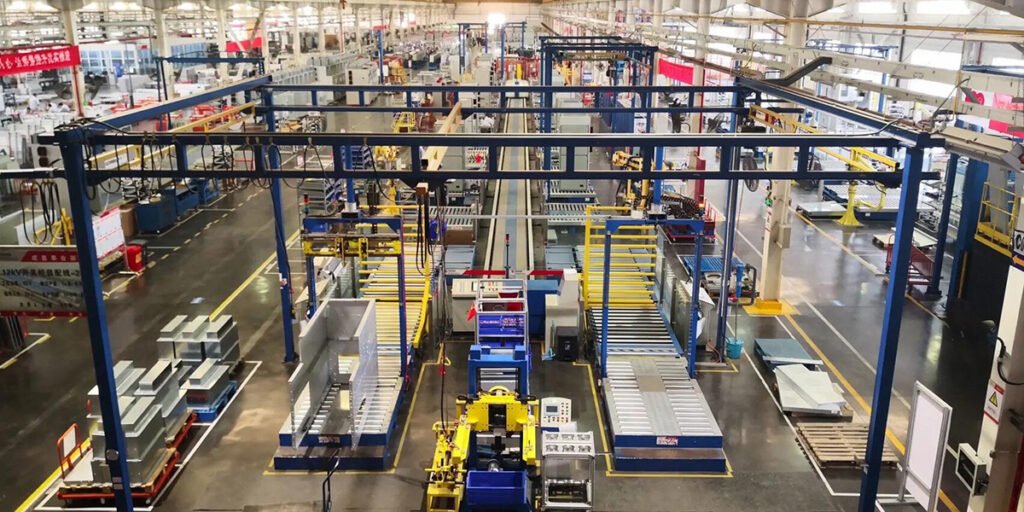Assembly of switchgear and vacuum circuit breaker

The assembly of switchgear and Vacuum Circuit Breakers (VCBs) is a highly technical process involving several steps and quality control measures. Here are some key steps and points for assembling switchgear with VCBs:
- Design and Planning: Before assembly, detailed design and planning are necessary to ensure the compatibility and overall performance of the VCB with the switchgear, based on the specific requirements of the power grid system.
- Component Preparation: Prepare all necessary components, including VCBs, busbar systems, breaker operating mechanisms, transformers, relays, indicators, control and protection equipment, etc.
- Busbar Installation: Install the busbar system within the switchgear, ensuring that the dimensions, shape, and connection methods of the busbars meet the design requirements.
- VCB Installation: Mount the VCBs into the switchgear, ensuring they are securely fastened and correctly connected to the busbar system.
- Operating Mechanism Installation: Install the operating mechanisms for the VCBs, including manual or automatic operating rods, spring energy storage systems, and motor-driven systems.
- Secondary Circuit Wiring: Complete the wiring of all secondary circuits within the switchgear, including control circuits, protection circuits, measurement circuits, and communication circuits.
- Transformers and Relays Installation: Install current transformers (CTs) and potential transformers (PTs), as well as necessary relays to enable monitoring and protection of the circuit.
- Control and Protective Device Installation: Install control switches, indicator lights, protective relays, and other control and protective devices.
- Mechanical and Electrical Connections: Ensure all mechanical connections (such as hinges, bolts, etc.) and electrical connections (such as terminals, connectors, etc.) are correct.
- Functional Testing: After assembly, perform functional tests, including manual and automatic operation tests, mechanical characteristic tests, and electrical characteristic tests.
- Insulation Testing: Conduct insulation resistance tests and withstand voltage tests to ensure the insulation performance of the VCBs and switchgear meets safety standards.
- Protection Setting: Set the values for the protective relays according to the requirements of the power grid system, such as overcurrent protection and short-circuit protection.
- Communication Testing: If the switchgear is equipped with intelligent control and communication systems, communication testing is necessary to ensure effective communication between the VCBs and the switchgear with the power grid management system.
- Quality Inspection: Conduct a final quality inspection to ensure that all components are correctly installed according to design requirements and that the overall performance of the switchgear meets expectations.
- User Training and Delivery: Before delivery to the user, provide user training to ensure that users understand the operation, maintenance, and troubleshooting methods of the switchgear and VCBs.
- After-sales Service: Provide necessary after-sales services, including technical support, spare parts supply, and regular maintenance.
Assembling switchgear with VCBs is a complex process that requires strict quality control and meticulous craftsmanship to ensure the performance and reliability of the final product.
